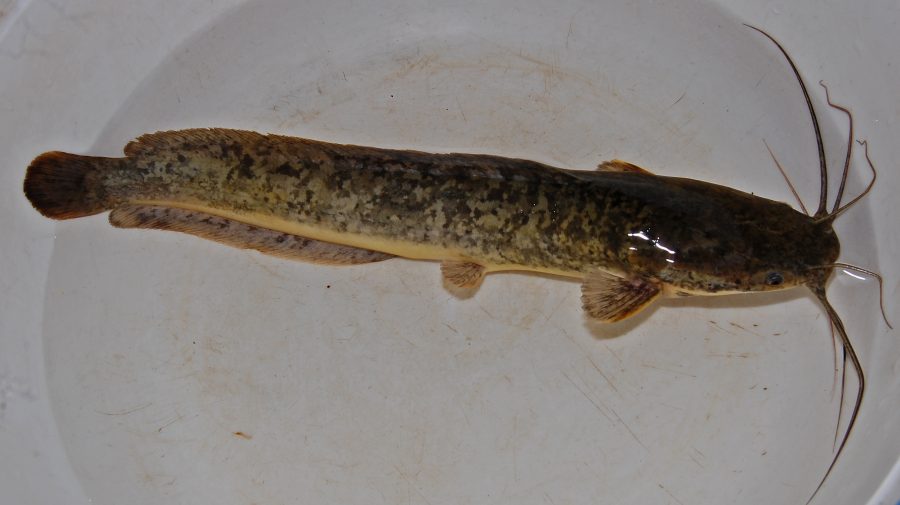
Why this crackdown on the nutritious African Catfish

Following the ban on the invasive species African Catfish (Clarias gariepinus), the fisheries department in India is cracking down on those who rear or sell the alien species. The fish variety, an import from Bangladesh, has wreaked havoc in Kerala. In Tamil Nadu, the fish has been farmed since the 1990s.
African Catfish, which is highly nutritious and rich in protein content, is consumed as a delicacy. Known as Keluthi in Tamil Nadu and African Munshi in Kerala, it was introduced in India without official permission. West Bengal, Andhra Pradesh and Assam were the first host states of this species.
The fish was reared in small ponds and lakes. In the 1990s, the fish species escaped from its confinements and entered Kerala and Tamil Nadu. It can survive in fresh water. Known for its ability to survive even in poor quality water, the fish can be reared in large numbers. It can grow to a good size within a short span and earn a higher price in the market because of its highly nutritious content. Since the operational costs are very low, many farmers find it profitable to rear it in small ponds. Being an invasive species, it can destroy the native fish species by preying on them, besides feeding on microscopic zooplankton.
“Initially, the farmers cultured this species along with native carp. But it was a huge loss. However, in due course of time, the farmers preferred monoculture rearing of this fish because of its high growth rate and commercial benefits,” says S Sandilyan, who was earlier with the National Biodiversity Authority, Chennai and has studied invasive species. The African catfish can survive on land for a few hours after it is out of water. It can crawl on land too with the help of its pectoral fins and enter water bodies like ponds and wetlands, particularly during rainy days, says Sandilyan.
“It is an omnivorous predatory fish and it can feed on native fish half its length. An earlier analysis of fish catch composition shows that during the catch, the catfish are dominant in the wild rather than native fish species. In Kerala, the spread of this species is so rampant, that it has replaced native catfish Clarias dussumieri, which has now became a rare fish to catch,” said Sandilyan. He also added that the banned catfish species can lay eggs in the thousands, much higher than native species.
The NGT ban that was ordered on January 22 is only the latest in a series of attempts to curb the proliferation of the African Catfish. As early as 1997, the National Committee on Introduction of Exotic Aquatic Species into Indian Waters officially banned the rearing of African Catfish. But this bans have not been effective. A senior official from the Tamil Nadu fisheries department has said that they are in the process of destroying the ponds wherever this fish is being reared. “Since we don’t promote the selling of African catfish, we dig the earth and dump all catfish caught in the pond and close it. We destroy the ponds using JCBs. We also monitor local fish markets,” the official said.


